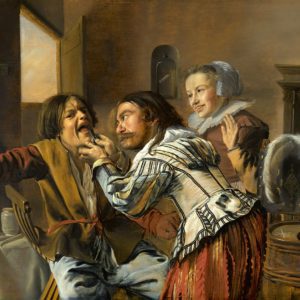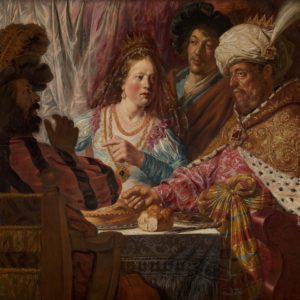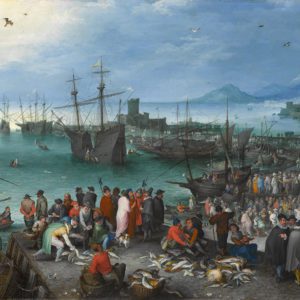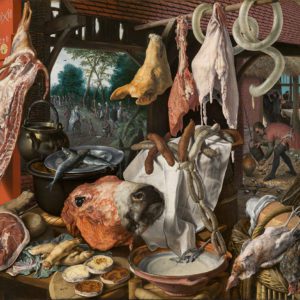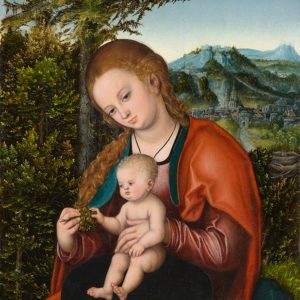Museum Collection
Northern Europe
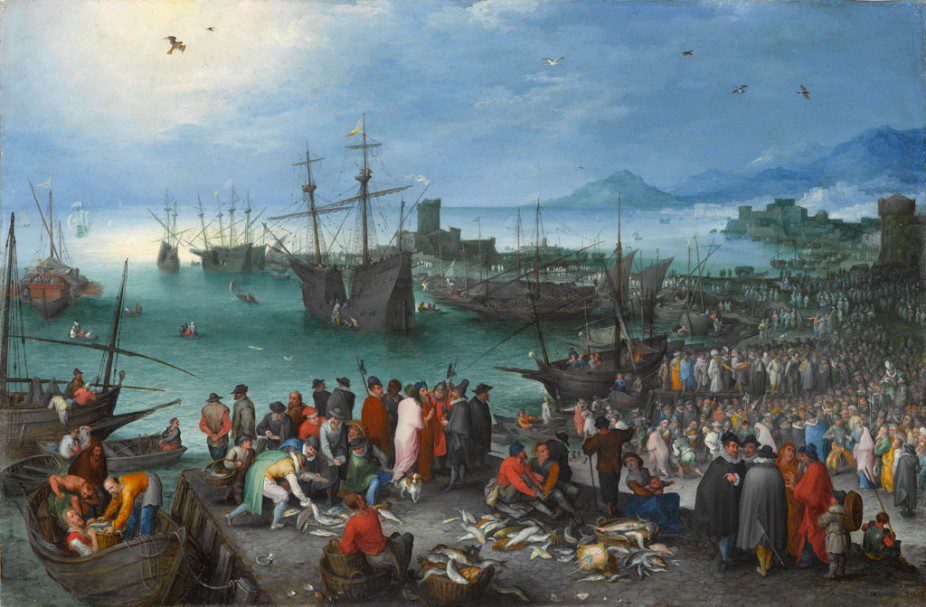
About
The Northern collections are drawn from artists who were active in the Low Countries, France, and Germany, and collectively they exceed the holdings of like-size museums both in quantity and quality. Many important highlights can be discovered within the galleries. The Northern Renaissance features a group of German portraits from the 16th century; a few late Gothic/early Renaissance sculptures, among them a rare Riemenschneider Female Saint; a portable French altarpiece by the Master of the Latour d’Auvergne Triptych; a number of devotional pictures, such as Lucas Cranach the Elder’s Madonna and Child in a Landscape; and the Museum’s most important painting, from an art-historical perspective, Pieter Aertsen’s A Meat Stall with the Holy Family Giving Alms.
The 17th-century Dutch and Flemish collections are larger in number and include works by many of Holland and Flanders’s most important painters. Pictures by Hendrick Ter Brugghen, Jan Steen, Jan Lievens, Jacob van Ruisdael, and Govaert Flinck join examples by Flemish artists such as Jan Brueghel the Elder, Peter Paul Rubens, Gerard Seghers, Anthony van Dyck, Jacob Jordaens, and Frans Snyders.
The surrealist realm of dreams and fantasies inspires the work of Paul Delvaux, whose Antinoüs (1958) presents an erotically charged tableau, and Joseph Cornell, whose enigmatic box construction Suzy’s Sun (for Judy Tyler) (1957) suggests at once a child’s treasure chest and a miniature stage set. In both the imagination is left to explain the pieces. The isolation and abandonment of the individual—a theme central to modern art—is explored in such diverse works as Andrew Wyeth’s Winter 1946 (1946) and Alberto Giacometti’s attenuated bronze Woman of Venice IX (1956).
In West Building the Museum’s modern collection occupies several rooms with an expansive suite of galleries devoted to the art of the 20th and 21st centuries.

